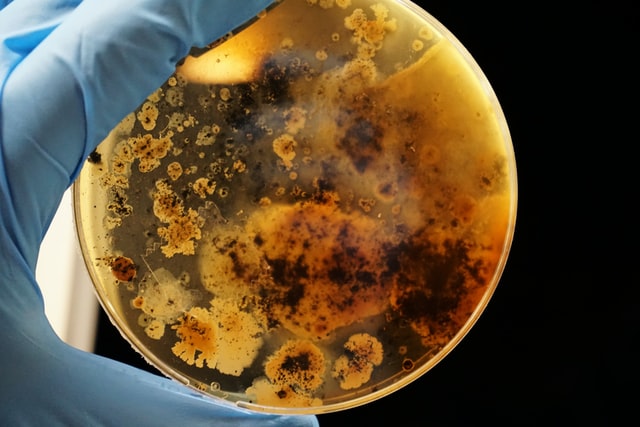Protecting yourself from STIs comes down to knowing them better. Sexually transmitted infections are transmitted mainly by skin contact during sexual intercourse of any kind (vaginal, anal, oral) or by blood transfusion. There are more than thirty of them caused by infectious agents such as viruses, bacteria or even parasites.
What are the most common STIs?
A large number of STIs, including chlamydia, gonorrhea, hepatitis B, the AIDS virus, syphilis, genital herpes and warts are the most common. Some of these infections, however, can last for years and are difficult to cure, others can also become fatal.
- Chlamydia
It is a very common infection that is most often found in people between the ages of 15 and 25, especially in women. It is caused by a bacteria called chlamydiae trachomatis transmitted during unprotected anal penetration. This bacteria lives on the surface of infected mucous membranes. Most of the time, the contamination goes unnoticed as the symptoms are reduced. You might remember reading about them on biology textbooks in high school.
- Gonorrhea or gonorrhea
Commonly known as hot pissing , gonorrhea is an infection of the genitourinary organs caused by the gonococcus bacteria . It generally affects people under 30 and especially men. Gonorrhea remains the most common after chlamydia. This disease is manifested by a yellow discharge which affects the genitals (penis…), accompanied by a burning sensation. These symptoms appear a few days after contamination.
- Hepatitis B
It is a common infection, a hundred times more contagious than HIV. It affects more and more people around the world. Indeed, the hepatitis B virus (HBV) is one of the ten most dangerous viruses in the world. It is transmitted by blood, sexual secretions or even saliva. Symptoms are manifested by liver fevers, severe fatigue, joint pain and often yellowing.
- The AIDS virus or HIV
HIV infection most often goes unnoticed (absence of symptoms). But it can manifest as fever, rash, fatigue or diarrhea. AIDS can appear between a few months and several years after infection.
- Syphilis
It is a very contagious infection caused by a bacterium called Treponema pallidum . Syphilis manifests itself first by a chancre in the genitals, then by damage to the nerves and viscera, sometimes several years after contamination. Symptoms vary greatly from person to person. Untreated, it can probably progress without major manifestation for several years, causing serious complications.
- Genital herpes
It is a chronic infection most often caused by two viruses called herpes simplex viruses ( HSV-1 and HSV-2 ). In fact, it is the HSV-2 virus that is most often the cause of genital herpes. One to three weeks after being infected with the virus, the patient develops symptoms that are often significant called a primary infection. Once the infection is cured, the patient continues to harbor this germ throughout his life. Sometimes less severe and less frequent attacks can occur at any time. Protecting yourself from STIs like herpes means applying prevention methods yourself.
- Condyloma
Also called genital warts , condylomata are diseases caused by viruses called human papillomaviruses (HPV). These viruses are very contagious and can often cause cancer of the cervix due to the transformation of infected cells. Indeed, they are transmitted by simple contact with warts.
How to protect yourself from STIs?
The only way to truly protect yourself against STIs is to abstain from all sexual contact. But apart from abstinence, there are obviously other rather reliable and effective ways to protect yourself from STIs. All STIs can be diagnosed in a laboratory or at a screening center through blood tests. Indeed, screening is the only way to know if you are infected. Today, many people are unaware that they are carriers of viruses, bacteria or parasites, hence the importance of protecting themselves against STIs. So it is necessary to be careful. If you have even a shadow of doubt: take heart and pay a visit to a laboratory or testing center to get tested. So you will not put yourself in danger, but also endanger your partner. STIs can be treated if they are caught early. Visit here to improve your knowledge on biology and certificates in biology.
